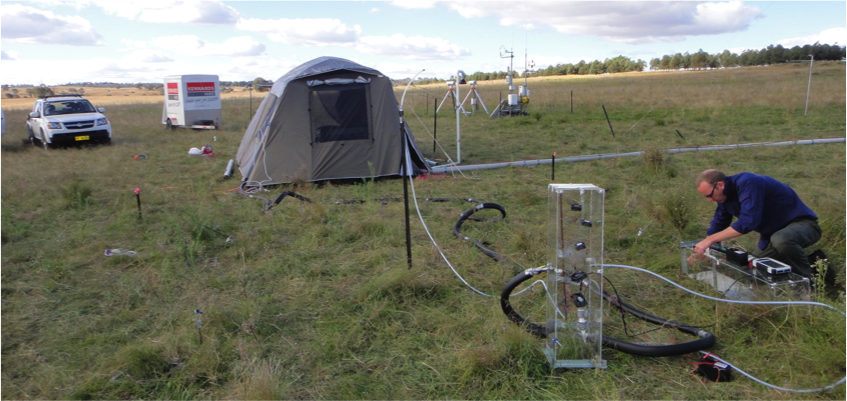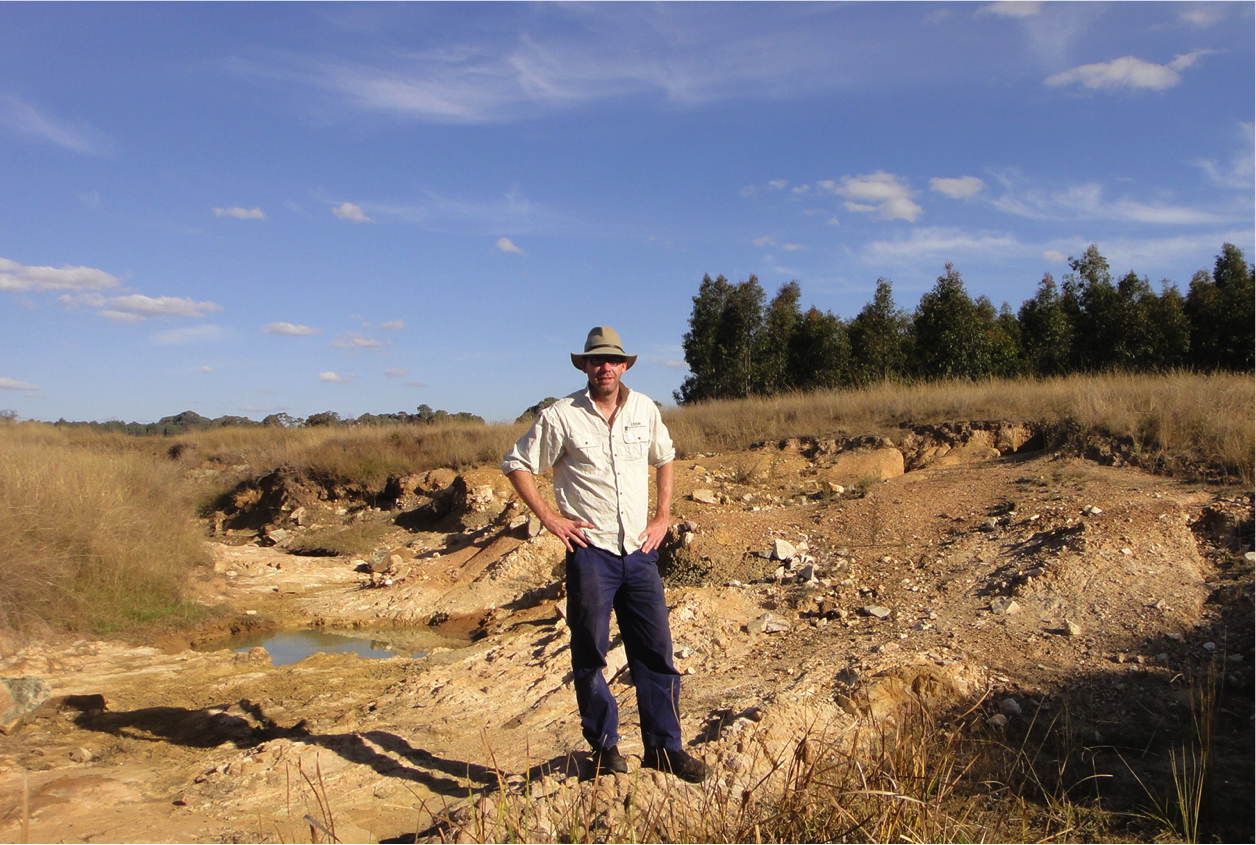
To characterise the water and energy cycles of landscapes, an understanding of the movement, distribution and variability of hydrometeorological variables is required. To do this effectively, a comprehensive assessment of these processes is required. This is often a challenging task due to both the limited capacity of measurement devices to effectively capture the observed dynamics and also the inherent uncertainty and variability of these processes within a landscape.
The HALO Group undertakes in-situ measurement and monitoring using a range of sophisticated instruments to enable better understanding of both the processes and their descriptions in modelling and remote sensing activities. One of the  major motivations behind this work is to characterise the individual variables that make up the water, carbon and energy cycles and to ultimately seek to balance the elements being measured. That is, we seek to attain an observationally based closure of the system under investigation.
major motivations behind this work is to characterise the individual variables that make up the water, carbon and energy cycles and to ultimately seek to balance the elements being measured. That is, we seek to attain an observationally based closure of the system under investigation.

As well as basic devices for lab and field based sampling, some details on the types of scientific instrumentation that we will employ at these sites include:
These equipment will support a range of field based activities undertaken within the HALO Group, including our work at agricultural sites and also international collaborative efforts.